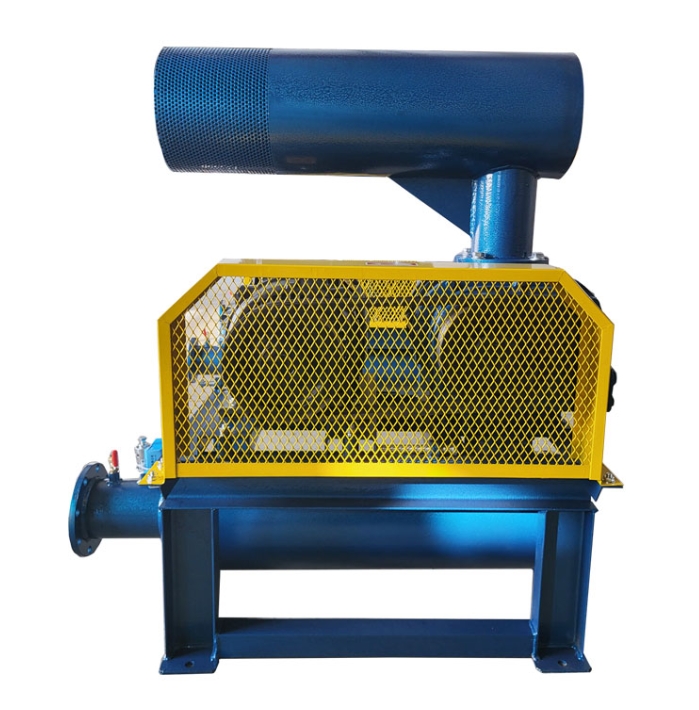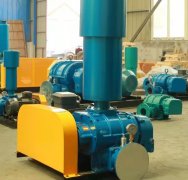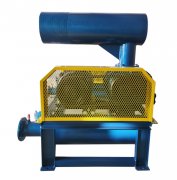A single-phase Roots blower is a positive displacement blower that uses a single-phase power supply, and its selection needs to consider the following factors:
1、 Flow and pressure:
1. Flow rate: Specify the required air volume for the system, usually measured in standard cubic meters per minute (m3/min). Considering system fluctuations and changes, select appropriate coefficients.
2. Pressure: Determine the required boost for the system, usually measured in pascals (Pa) or millibars (mbar). To ensure stable operation, there should be a margin for the boost value.
2、 Power Supply and Power:
1. Single phase power supply: Single phase Roots blowers are suitable for low-power applications, with a power range typically below 0.75 kilowatts.
2. Power matching: Select the appropriate motor power based on flow and pressure requirements to ensure that the fan can operate normally.
3、 Application environment:
1. Medium characteristics: Consider factors such as temperature, humidity, and corrosiveness of the conveyed medium, and select appropriate materials and sealing forms.
2. Environmental conditions: Consider factors such as temperature, humidity, and altitude in the installation environment of the fan to ensure that the fan can adapt to the working environment.
4、 Structural form:
1. Impeller type: Choose two or three bladed impellers, with three bladed impellers typically having lower noise and vibration.
2. Cooling method: Choose air cooling or water cooling based on power and ambient temperature.
5、 Noise and vibration:
1. Noise requirements: If the application environment has limitations on noise, low-noise models should be selected or noise reduction measures should be taken.
2. Vibration control: Ensure the stable installation of the fan and reduce the impact of vibration on equipment and the environment.
6、 Reliability and Maintenance:
1. Product quality: Choose well-known brands and reliable suppliers to ensure product quality and after-sales service.
2. Maintenance convenience: Considering the structural design and maintenance requirements of the fan, choose a model that is easy to maintain and repair.
Selection suggestion:
1. Consulting professionals: During the selection process, it is recommended to consult with fan manufacturers or professional engineers for professional selection advice.
2. Reference product manual: Refer to the technical manual and selection guide of the relevant product to understand the performance parameters and application scope of the product.
3. Considering economy: On the premise of meeting system requirements, consider the price, operating costs, and maintenance costs of the fan, and choose products with high cost-effectiveness.



